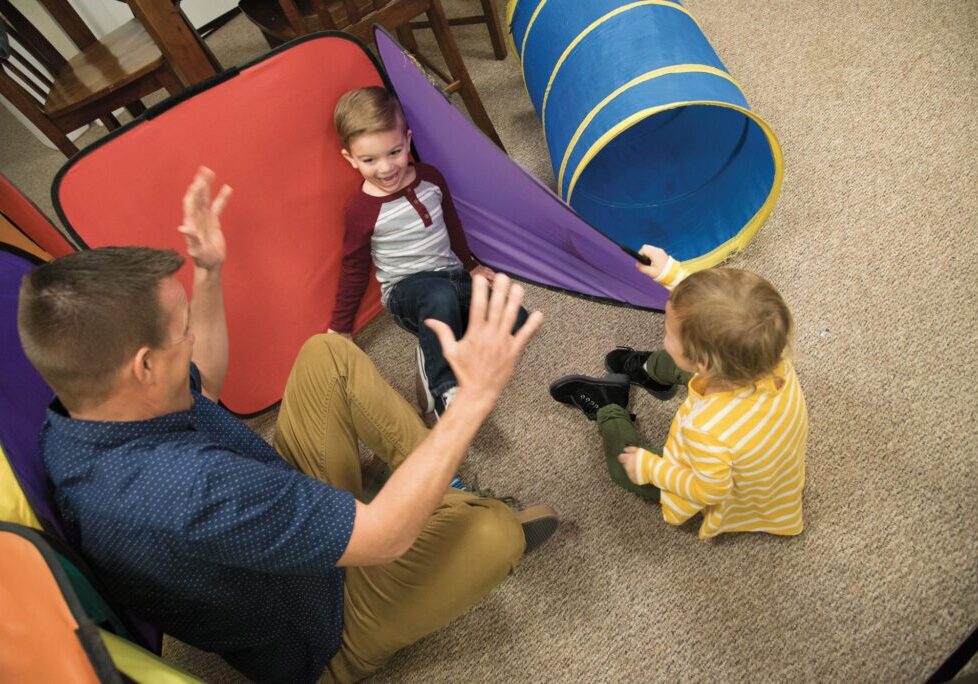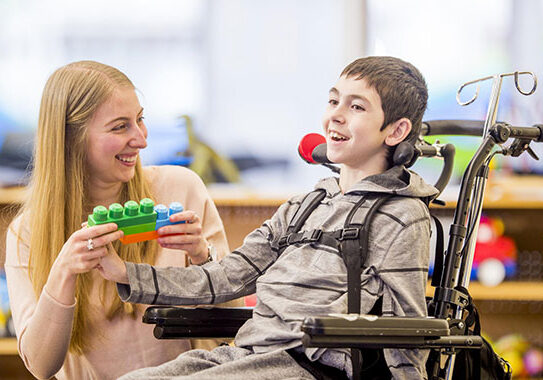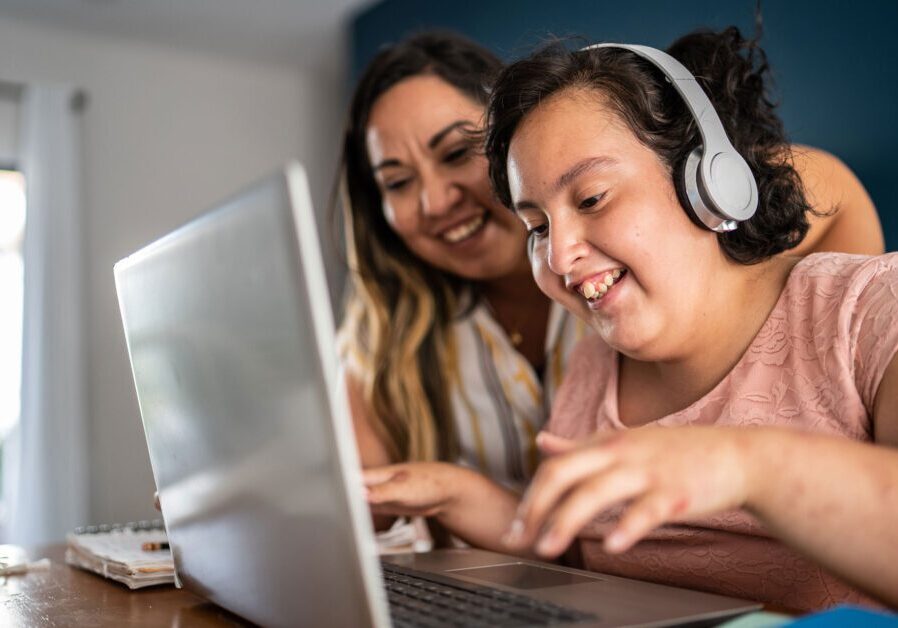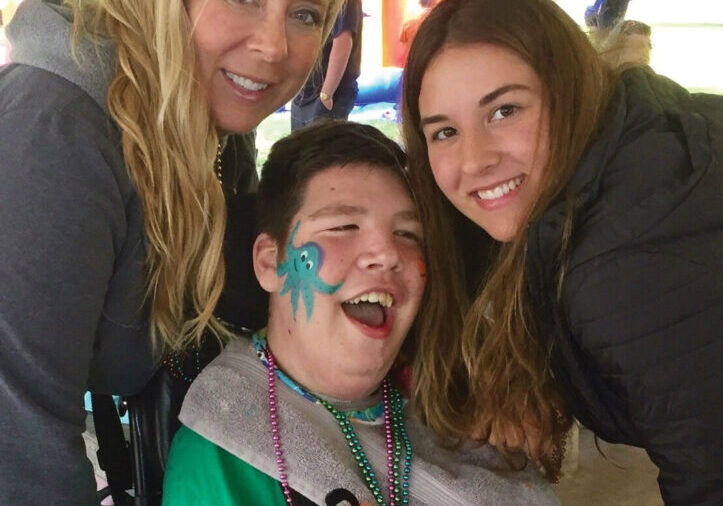Neurodiversity is a term that has gained significant traction in recent years, but its meaning and implications are often misunderstood. At its core, neurodiversity refers to the natural variation in human brain function and behavior. Just as we recognize diversity in physical traits, culture and language, neurodiversity acknowledges that neurological difference such as autism, ADHD, dyslexia and other cognitive variations, are simply part of the broad spectrum of human experience. It is estimated that 15-20% of the population falls into the neurodivergent category. Traditional views often categorize individuals as either “neurotypical” or “neurodivergent,” but the reality is far more complex. The human brain exists on a continuum, and many traits associated with neurodivergence exist in varying degrees across the population. By broadening our understanding, we can move beyond outdated labels and embrace a more inclusive perspective that values different ways of thinking and experiencing the world.
Awareness versus acceptance
While awareness of neurodiversity has grown, acceptance is the next crucial step. Awareness means recognizing that neurodiverse individuals exist; acceptance means creating environments where neurodivergent individuals feel valued, understood and supported. Unintentional microaggressions—small but harmful comments or behaviors—can alienate neurodiverse individuals, even when they are not meant to be offensive. Phrases like “You don’t seem autistic” or “Everyone is a little ADHD” may be intended as reassurance but can instead invalidate a person’s lived experience. Similarly, assumptions about intelligence, capability or social skills based on neurodivergent traits can reinforce stereotypes that limit opportunities for those who think and function differently.

Neurological differences such as autism, ADHD, dyslexia and other cognitive variations are simply part of the broad spectrum of human experience.
Shifting perspectives on neurodiversity
To foster a truly inclusive society, we must shift our perspective from “fixing” neurodivergent individuals to understanding and appreciating their unique strengths. Neurodivergence is not a defect. It is simply a different way of experiencing the world. Many neurodivergent individuals possess exceptional creativity, problem-solving skills and resilience. Some of the world’s greatest minds and most creative thinkers fall into the neurodivergent category including Albert Einstein, Bill Gates, Temple Grandin and Simone Biles. Rather than forcing conformity, we should strive to create spaces, whether in schools, workplaces or social setting, where diverse minds can thrive.
Practical steps for parents of neurodiverse children
For parents, fostering neurodiversity acceptance starts at home. Here are some practical ways to support and advocate for neurodivergent children:
Educate yourself and others. Learn about different neurotypes and their strengths. Share this knowledge with family, friends and educators to create a more informed support system.
Use inclusive language. Avoid phrases that minimize or dismiss neurodivergent experiences. Instead, ask questions and listen without judgment.
Encourage self-advocacy. Help your child understand their strengths and challenges and empower them to express their needs confidently.
Promote flexible thinking. Adapt parenting strategies to meet your child’s individual needs rather than adhering to a rigid standard of behavior or learning.
Challenge stereotypes. Advocate for policies and practices that recognize and accommodate neurodivergent individuals in schools, extracurricular activities and the workplace.
By shifting from mere awareness to genuine acceptance, we can create a world where neurodiverse individuals are not just acknowledged but truly valued for who they are. After all, diversity—whether neurological, cultural or otherwise—is what makes our world vibrant and innovative.
Posted in: Special Needs
Comment Policy: All viewpoints are welcome, but comments should remain relevant. Personal attacks, profanity, and aggressive behavior are not allowed. No spam, advertising, or promoting of products/services. Please, only use your real name and limit the amount of links submitted in your comment.
You Might Also Like...

Emotional Benefits Of Pet Dogs For Kids
Dogs have long been celebrated as “man’s best friend.” Not only are they adorable, friendly, and fun to play with, they also provide incredible emotional benefits. Many people feel happier […]

Parent Infant Programs – Early Developmental Intervention for North State Families
Being a parent is a wonderful and life-changing experience. It can also be extremely stressful and demanding, especially if your child is experiencing developmental challenges. It is natural for all […]

10 Things Every Autism Parent Should Know
Words of Wisdom for Special Needs Parents, From Special Needs Parents Like most parents of children with special needs, author Gabrielle Kaplan-Mayer found herself navigating uncharted waters when her son […]

Halloween Tips for Families Of Kids With Diverse Abilities
Although Halloween can be a fun time for kids of all abilities, it often can be overwhelming for kids with special needs. They may have trouble with the loud noises, […]




